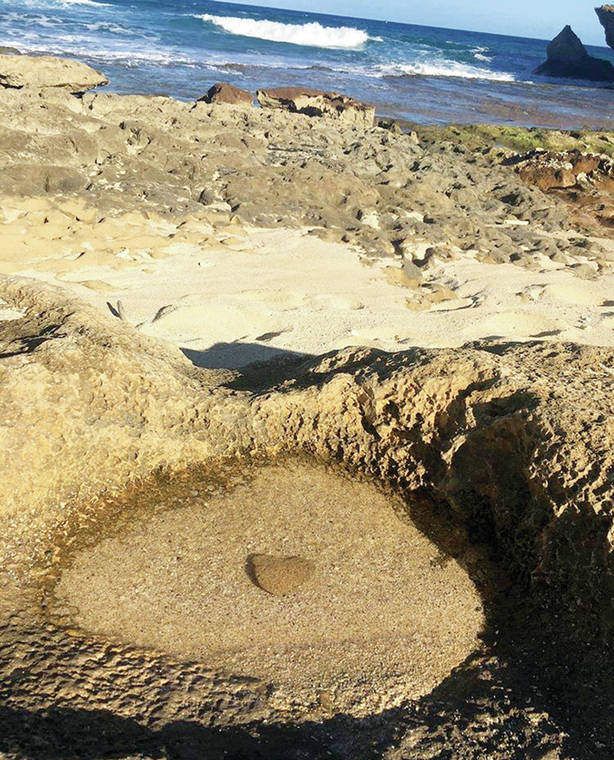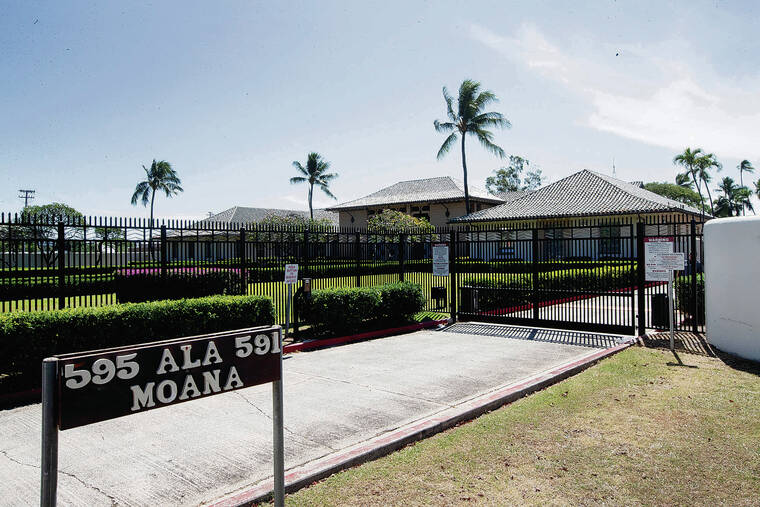LIHU‘E — Both Earth Day and the Clean Air Act turn 50 years old today, and American Lung Association marked the occasion by releasing their annual State of the Air report, which gives states and counties a letter grade on air quality.
Each year the “State of the Air” provides a report card on the two most widespread outdoor air pollutants, ozone pollution, also known as smog, and particle pollution, also called soot.
Kauai received an “A” on the report and was among the highest marks in the state for clean air. Honolulu and Kahului-Wailuku-Lahaina continue to have some of the cleanest air in the nation despite increased volcanic smog. Honolulu City and County set record levels for low amounts of annual particle pollution, according to the report.
Hawaii County received an F grade in both 24-hour and annual particle pollution. Volcanic activity from Kilauea emits large amounts of PM 2.5 as well as sulfur dioxide into the air. Large levels of particle pollution were seen during the volcano’s activity in 2018.
The Lung Association’s annual air quality “report card” tracks Americans’ exposure to unhealthy levels of particle pollution and ozone during a three-year period. Once again, the report found that nearly half of all Americans were exposed to unhealthy air in 2016-2018.
“This year marks the 50th anniversary of the Clean Air Act, which has been responsible for dramatic improvements in air quality. Hawaii residents are seeing these benefits, and continue to breathe clean air,” said Pedro Haro, Executive Director for the American Lung Association in Hawaii.
2020 also marks the 50th’ Earth Day, but without the usual fanfare of organized beach cleanups and educational booths, but those passionate about curbing pollution and protecting resources are still working toward a cleaner and greener planet.
They’re out doing solo cleanups, spreading the word about permaculture and legacy gardens, and putting in the work to bring Earth Day right into the living room.
Sustainability coordinator Jimmy Trujillo at Kauai Community College, for instance, is lining up a series of films to access for free at the KCC website. Topics include climate, energy, food, plastic, wai (water) and ‘aina (land).
“KCC will be showcasing and celebrating our beautiful planet through KCC’s first Environmental Film Festival, sharing and showing the beautiful natural wonders of our planet earth,” said James Stearman, who is working with Trujillo on the project. “Each week, there will be multiple films recommended and shown for free on the KCC website, with an archive for all films selected by the end of April.”
Fifty years ago today, the first Earth Day helped awaken activists to find solutions to air and water pollution, a growing list of endangered species and watershed woes. It shined the spotlight on overfishing, deforestation and habitat loss, it hinted at climate change before the issue became a worldwide buzzword.
Outrage over the burning Cuyahoga River in Cleveland, an oil spill that killed thousands of seabirds off the California coast and a plunging bald eagle population blamed on pesticides drew millions of people to the first Earth Day on April 22, 1970.
Later that year, Congress established the Environmental Protection Agency to oversee the nation’s response and in ensuing years, passed landmark laws to protect air and water quality, marine mammals and endangered species, and to clean up the nation’s most toxic sites.
Over the last few months, as the COVID-19 pandemic has shuttered the world’s human population inside their houses, environmentalists say there is evidence of a cleaner environment. Fewer cars and people are on the move, carbon emissions are down and reports from O‘ahu and other coastal areas show increased presence marine life.
•••
Jessica Else, editor-in-chief, can be reached at 245-0457 or jelse@thegardenisland.com. Associated Press contributed to this report.





